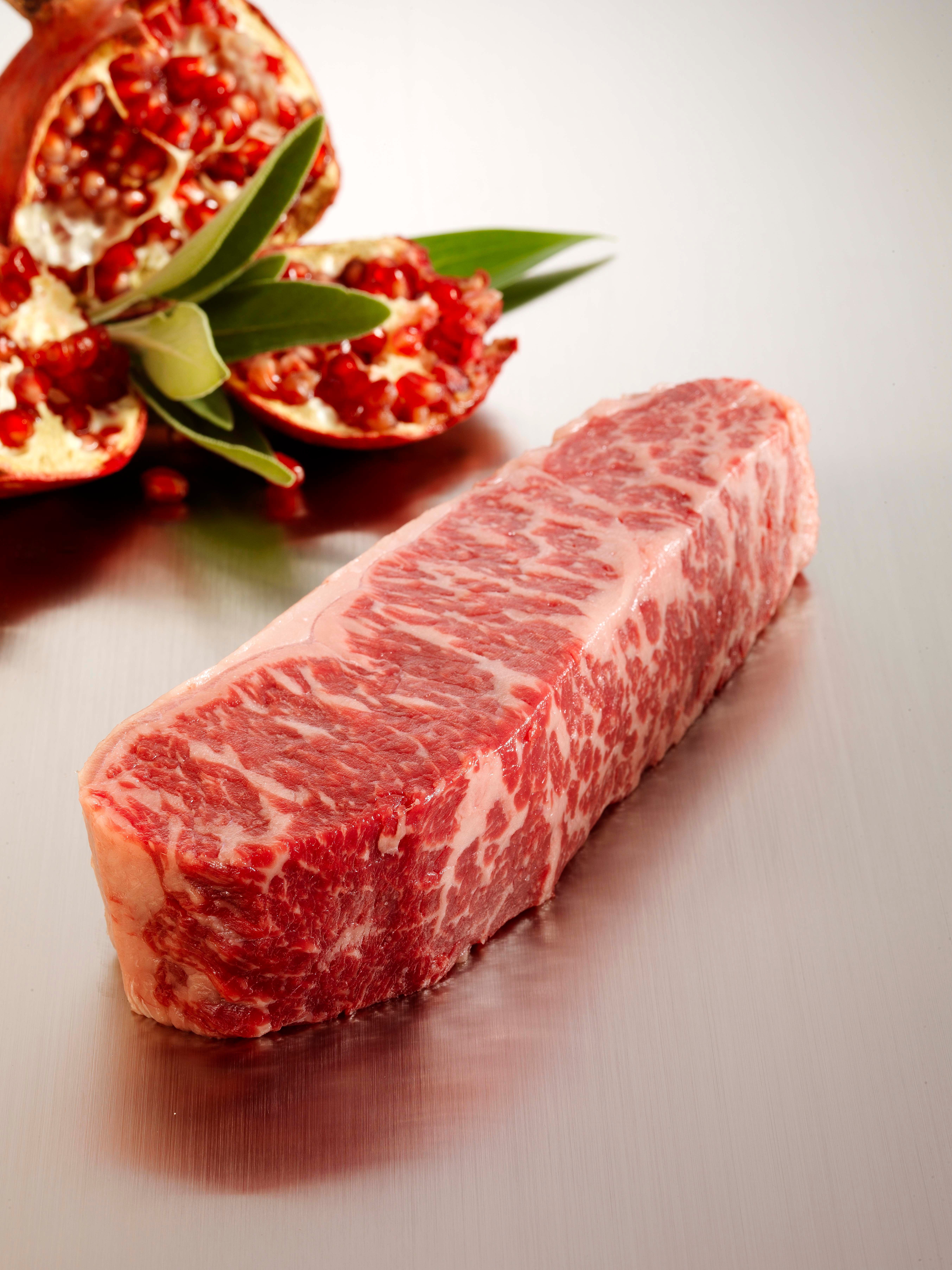I have already written about why it is worth combining iron-rich products with others: rich in vitamin C, meat, with sources of resistant starch.
Today I will write you a little about what it is not worth combining with iron-rich products. After reading that and the previous post, you will know everything to maximize iron absorption.
I will remind you the most important information needed to understand the topic:
There are two forms of iron: heme (Fe2 +)- in meat and offal, well absorbed and non-heme (Fe3+)- in plants, absorbed much worse.

YOU BETTER NOT COMBINE THESE INGREDIENTS WITH IRON RICH FOOD
Phytic acid and iron
Phytic acid is a compound that occurs naturally in cereals, legumes, and seeds. It has the ability to bind various metals (including iron) to insoluble complexes. Through this process, iron but also other metals (harmful ones as well) it is not absorbed into the body. It's being expelled in the form of complexes. The amount of phytic acid in food can be reduced by soaking, grinding and germination of the seeds. It is also possible to use a special enzyme - phytase, which breaks down phytic acid, this method is used by some flour producers. If a source of vitamin C or meat is added to the meal, the unfavorable effects of phytic acid can be compensated. 30 mg of vitamin C, for example, a slice of paprika, reduces the negative effect of as much as 58 mg of phytic acid. It should be added that a large proportion of iron-rich, plant-based products also contain phytic acid (eg legumes, grains, nuts) itself.
Iron and polyphenols
Polyphenols are those compounds through which it is recommended to drink red wine, teas, herbs, or eating vegetables, cocoa and fruits. They are very healthy, it is true, but we should not necessarily eat them together with food in which iron is found. Polyphenols, just like phytic acid, bind and prevent the absorption of iron by forming difficult-to-treat complex compounds. The strongest inhibitory effect on absorption has a black tea (especially rich in tianin) but also green and mint tea. Do not drink tea or coffee for meals, because you significantly reduce their nutritional value. In this way, you inhibit the absorption of not only iron but also calcium, magnesium and other micro and macro elements. Teas and infusions are super cool to drink between meals, then they no longer have a negative impact.
Calcium and iron
Calcium and iron "compete" with each other for absorption. If we compose a meal that contains these two elements in large quantities, then the absorption of iron will be reduced by 50% in favor of calcium. This is so unfavorable because it is relatively "easier" to provide the right amount of calcium than iron, and calcium deficiencies are less frequent than iron deficiencies. It is worth planning meals so that particularly rich sources of these elements are not there together. In practice, this means avoiding eating dairy products and dairy products along with meat (cheese and ham on a sandwich is not the best idea if you want to absorb iron from the meat).
In the end, one more important thing. More iron does not always mean it's better. Too much iron supply (especially due to ill-conceived supplementation) increases the number of free radicals, and thus may increase the chance of getting some cancers or heart disease. It is important to adequately supply this element and to maintain standards such as: hemoglobin, hematocrit, ferritin, MCV, MCH, MCHC. If you have never had problems with anemia then you do not need to follow the advice provided here. It is more useful for people struggling with low iron levels or having problems with supplying the right amount of this element with the diet (vegans or pregnant and menstruating woman).
Sources:
https://www.ncbi.nlm.nih.gov/pubmed/23686563
https://www.ncbi.nlm.nih.gov/pubmed/26018112
https://www.ncbi.nlm.nih.gov/pubmed/6940487
https://www.ncbi.nlm.nih.gov/pubmed/25244367
https://www.ncbi.nlm.nih.gov/pubmed/25592152
https://www.ncbi.nlm.nih.gov/pubmed/22575541
https://www.ncbi.nlm.nih.gov/pubmed/25422090
